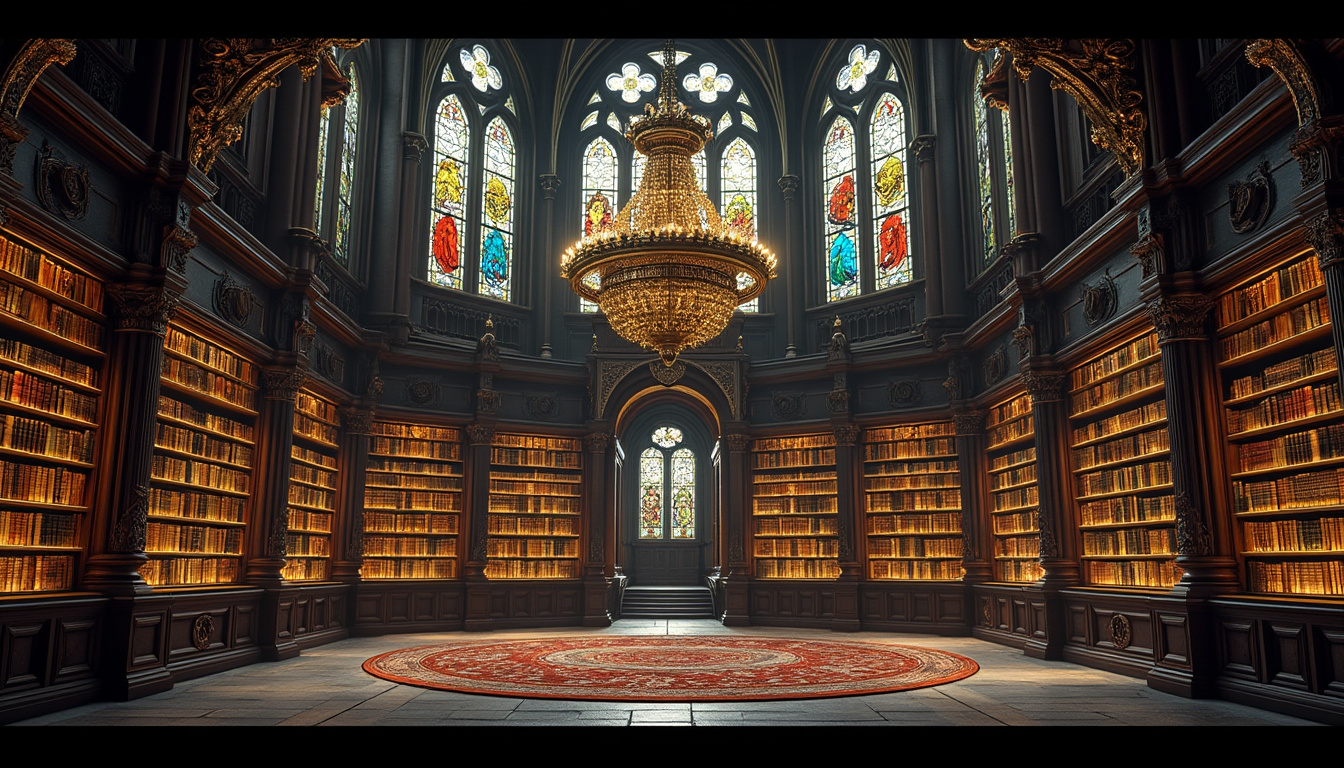The film industry has lost a monumental talent with the passing of Stuart Craig, the celebrated Oscar-winning production designer whose imaginative sets brought to life the enchanting world of Harry Potter. Craig, who won three Academy Awards throughout his illustrious career, was a key figure in visual storytelling for numerous blockbuster films. His passing on September 7, 2025, at the age of 83, has left a profound impact on filmmakers and audiences alike, marking the end of a remarkable era in movie set design.
The Legacy of Stuart Craig in Film Production Design
Stuart Craig’s career spanned over five decades, making significant contributions to the film industry. He is best known for his work on the Harry Potter franchise, where his extraordinary vision transformed J.K. Rowling’s books into mesmerizing cinematic experiences. Craig’s ability to intricately craft each set and environment helped solidify the magical realms of Hogwarts and the wizarding world as iconic symbols in modern cinema.
Prior to his groundbreaking work with the Harry Potter series, Craig collaborated on acclaimed films such as Gandhi and The English Patient, showcasing his versatility and talent in art direction. His three Academy Awards—won for Gandhi, Dangerous Liaisons, and The English Patient—are a testament to his skill in creating compelling visual narratives. Each of these films not only received critical acclaim but also demonstrated the importance of a beautifully crafted environment in conveying the story effectively.
Stuart Craig’s work extended beyond just set design; it embodied an art form that emphasized the significance of space and layout in storytelling. His aesthetic sensitivity combined with practical considerations produced enriching atmospheres conducive to the character’s journeys. For instance, the grand architecture of Hogwarts School of Witchcraft and Wizardry was designed with intricate attention to detail, immersing audiences directly into a world where magic felt tangible and alive.
- Film Projects:
- Harry Potter Series (2001 – 2011)
- Gandhi (1982)
- The English Patient (1996)
- Notting Hill (1999)
- Superman (1978)
- Harry Potter Series (2001 – 2011)
- Gandhi (1982)
- The English Patient (1996)
- Notting Hill (1999)
- Superman (1978)
As Stuart Craig’s career progressed, he became known for his collaborative approach, often working with other visionaries within the industry to push the boundaries of what is achievable in production design. His insights and nourishment of budding talents made him a beloved figure among peers, and his guidance helped shape many prominent designers and filmmakers currently in the industry today.

Achievements and Recognition in the Film Industry
Stuart Craig’s contribution to cinema is reflected in his numerous accolades and the respect he commanded within the film industry. His work not only garnered accolades but also influenced a generation of filmmakers and designers. Winning three Academy Awards solidified his place among the elite in Hollywood, but it was his collective portfolio and creative vision that truly distinguished him.
His unique approach to visual storytelling was marked by his innate ability to blend fantasy with realism, creating spaces that felt both authentic and magical. For instance, the design of the Great Hall in Harry Potter was not just visually spectacular; it also resonated with themes of community and togetherness, crucial elements of the series’ narrative. Such insight into character and thematic representation has become a hallmark of Craig’s work, with aspiring designers looking to his films as templates for their own projects.
| Award | Film | Year |
|---|---|---|
| Academy Award | Gandhi | 1983 |
| Academy Award | Dangerous Liaisons | 1989 |
| Academy Award | The English Patient | 1997 |
Beyond the Oscars, Craig’s influence extends through various organizations and awards in production design. In 2008, he received the Lifetime Achievement Award from the Art Directors Guild, recognizing his pivotal role in shaping the landscapes of the films that defined a generation. Such honors reflect the impact of his visions, inspiring future talents in the realm of movie set design.
The Impact of Stuart Craig’s Death on the Film Community
The news of Stuart Craig’s passing resonated deeply within the film industry, as tributes and condolences poured in from around the globe. His death was confirmed in a heartfelt statement from the British Film Designers Guild, where fellow designer Neil Lamont honored Craig as a “true giant” and the most revered film designer in the United Kingdom.
In Lamont’s tribute, he shared cherished memories of collaborating with Craig on projects like The English Patient. According to him, working alongside Craig not only showcased his formidable skill but also illuminated the genuine kindness and humility inherent to Craig’s character. These sentiments echo throughout statements made by numerous contemporaries and aspiring filmmakers who felt his guidance.
Craig’s approach made him more than just a colleague; he was a mentor and friend to many emerging artists in the field. His generosity of spirit and willingness to share knowledge shaped a legacy that goes beyond his concrete achievements. For many, he represents the heart of cinema—where creativity and collaboration converge to build unforgettable experiences.
- Tribute Quotes:
- “A true gentleman, with grace, kindness, and humility.” – Neil Lamont
- “He will be sorely missed by all who knew him.” – Industry Peers
- “Stuart was a great tutor who created magic through design.” – Emerging Designers
- “A true gentleman, with grace, kindness, and humility.” – Neil Lamont
- “He will be sorely missed by all who knew him.” – Industry Peers
- “Stuart was a great tutor who created magic through design.” – Emerging Designers

Stuart Craig’s Influence on the Future of Production Design
As the film industry grapples with the loss of a visionary, the conversations surrounding Craig’s legacy focus on how his work will influence future generations of production designers. His ability to create immersive environments will continue to serve as a guiding light for new talents aspiring to achieve similar heights in their projects. Moreover, as cinema moves into a new era—with an increasing reliance on digital technology—Craig’s tangible touch in set design fosters an important dialogue about the balance between physical and digital realms.
The interactivity of modern visual storytelling has undoubtedly shifted since Craig’s era, but lessons drawn from his work remain relevant. Aspiring designers can learn from his meticulous attention to detail and the emotional resonance that good production design invokes in audiences. Paying homage to his contributions, contemporary discussions around production in Hollywood now reflect his influence—examining how to honor storytelling through spatial design whether in physical form or through digital constructs.
The enduring aspects of Craig’s design methodology echo not just in the iconic settings of Harry Potter but resonate in various films that prioritize strong visual storytelling. Acknowledging his techniques, newcomers can effectively bridge traditional and innovative styles to create authentic cinematic experiences.
In a celebration of his life and contributions, the Academy Awards and professional communities might choose to honor Craig’s legacy through accolades that continue to spotlight the art of production design. Initiatives, memorial scholarships, or dedication ceremonies will emphasize the value of his work while encouraging future creatives to strive for greatness in every detail of movie set design.
As the film community continues to reflect on Stuart Craig’s unparalleled contributions, it is clear that his artistry will live on in the hearts of fans and the dedication of the many artists inspired by his work.


